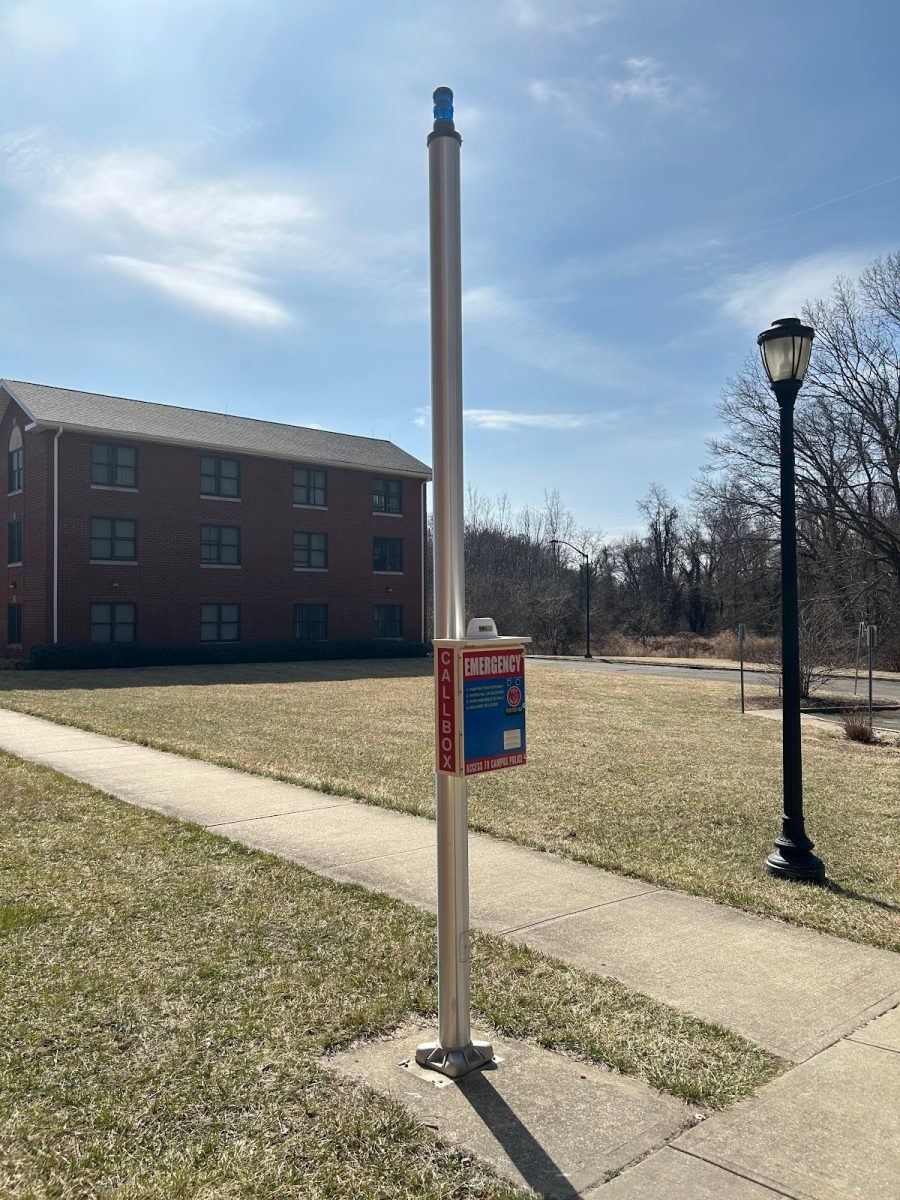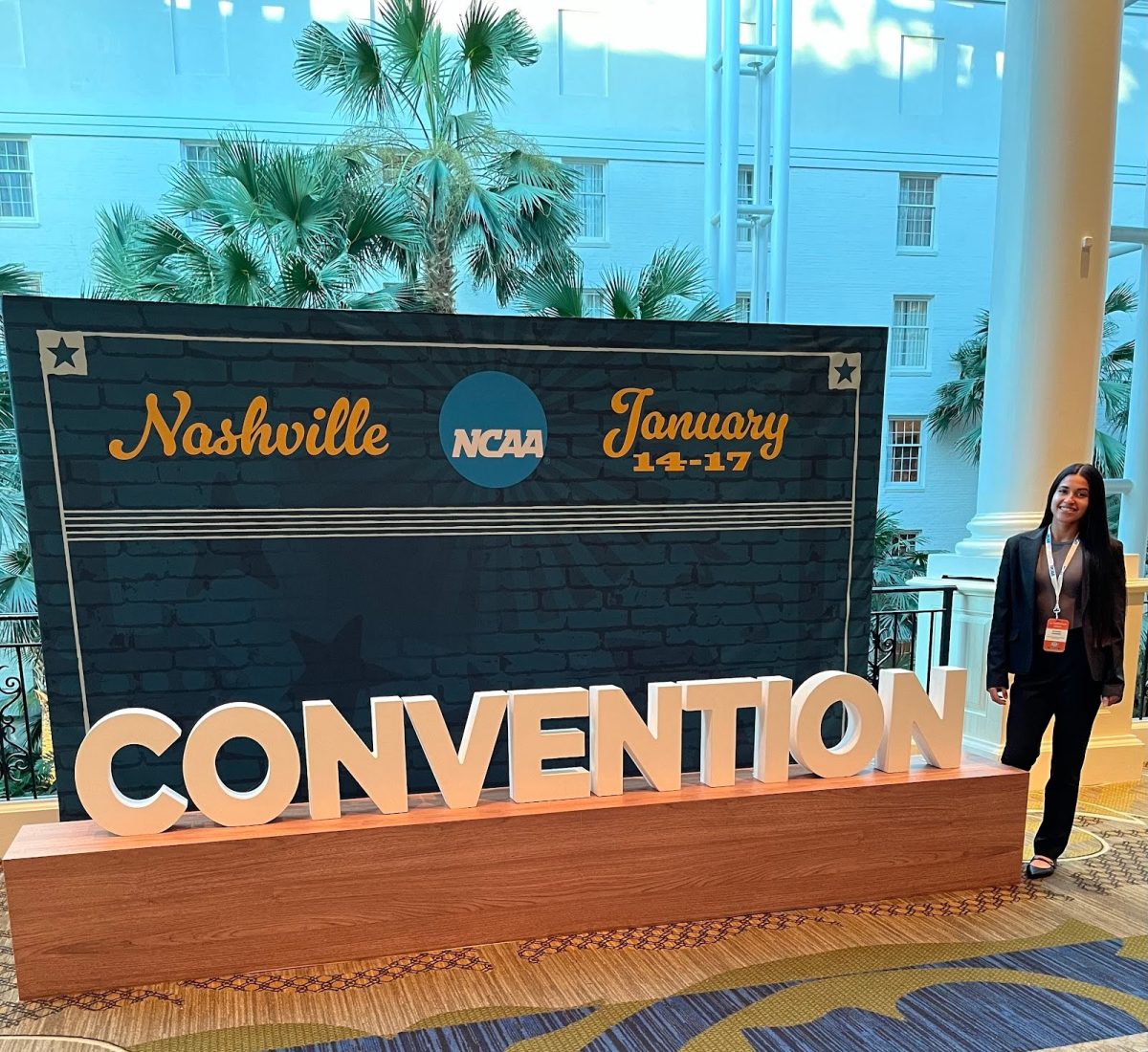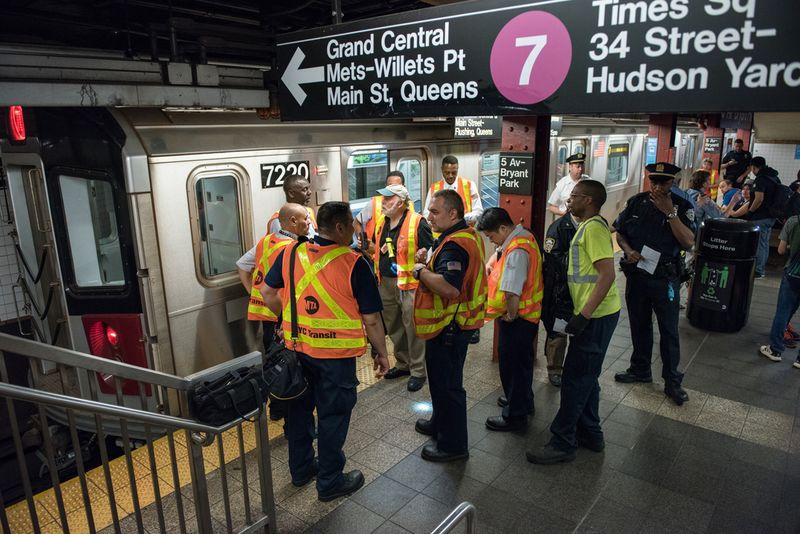The opening of Amazon HQ2 is expected to bring 25,000 employees to Long Island City. There are significant concerns over whether the already struggling transit system will be able to support the potential population increase.
A popular option for commuters who work near Grand Central Station is to take the Long Island Rail Road (LIRR) to the Hunter’s Point Avenue station and then the 7 train to Grand Central Station, which is two stops. However, since the 7 train is used by so many people, it is often delayed and packed to capacity at peak hours, particularly the morning rush hour.
Patrick Greene, who commutes from Bayside to Midtown on a daily basis, recognizes the difficulties many commuters face when catching the 7 train. “The 7 train is always full and almost always delayed,” said Greene. “Both the express and local trains are packed at rush hour.”
Once Amazon HQ2 opens this will mean that more people will be commuting in the opposite direction, from Manhattan into Long Island City. This will fill up those empty lines during rush hour times.
In order to free up the subways, more options will be needed for people commuting from Long Island. The only LIRR terminal in Manhattan is Penn Station. The construction of an LIRR terminal at Grand Central Station has been talked about by the Metropolitan Transportation Authority, MTA. Yet, it has not yet been put into action. The creation of an LIRR terminal at Grand Central Station would reduce the number of passengers commuting via the 7 train. The MTA has not announced a new plan that will take effect after the new headquarters open in Long Island City.
The MTA has until January to figure out how it will manage the first Amazon employees that are expected to start that month. The company is plans to have 40,000 employees by 2034 which would further affect the 7 train if the current problem persists.
Steve Kovach reporting on CNBC said, “I imagine Amazon would have to encourage its employees to live in Long Island City and make it to work on foot, or start some sort of neighborhood-wide shuttle service to compensate for the poor train service.”
































